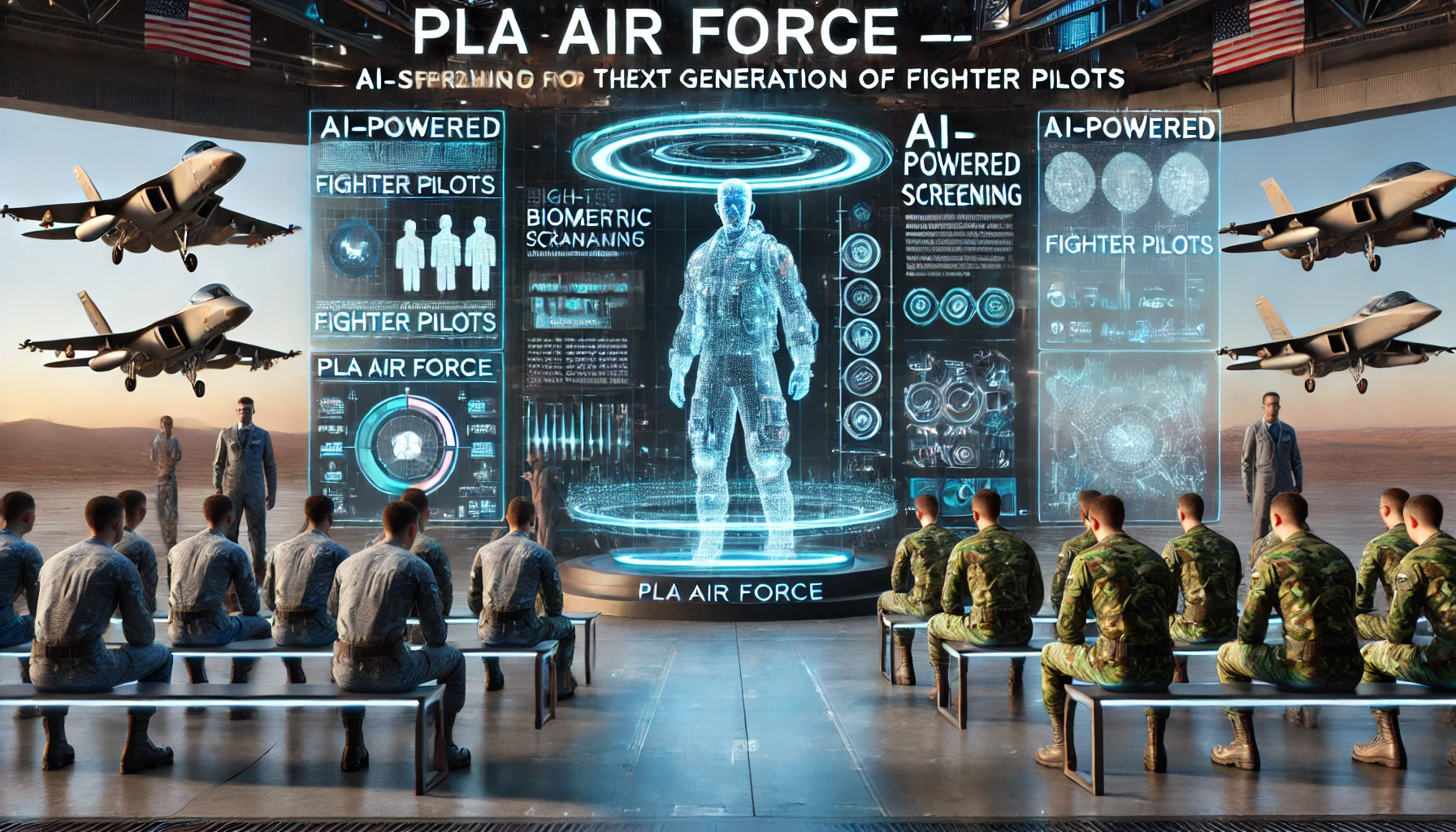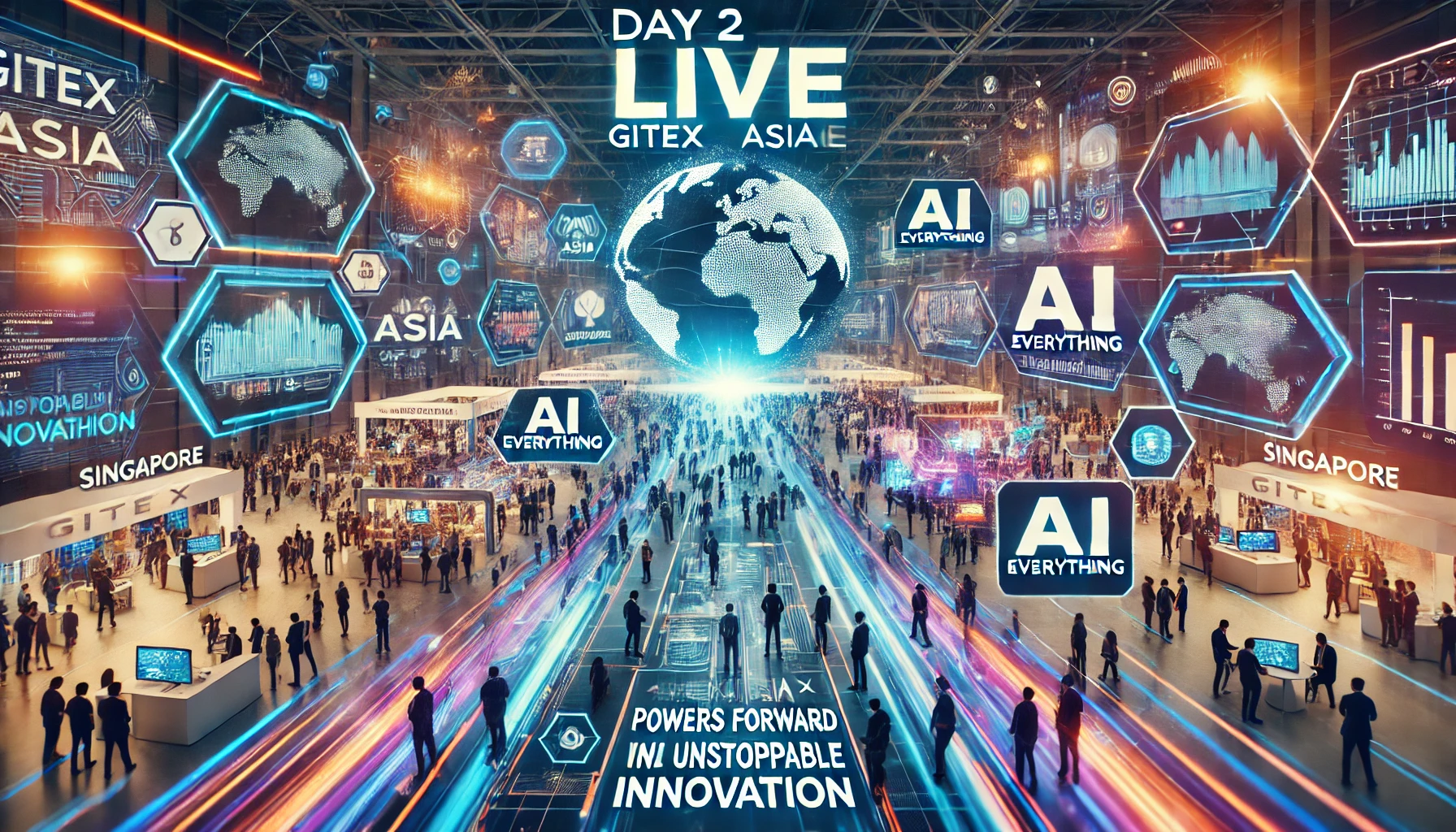China’s air force has deployed AI-powered biometric tests to screen potential pilots as part of a rigorous hiring process, according to state media.
State broadcaster CCTV reported on Wednesday that the People’s Liberation Army Air Force had begun using artificial intelligence to assess the biological signals of pilot candidates to determine long-term health risks and human-machine adaptability.
“AI now plays a crucial role in interpreting candidates’ biological signals, revealing underlying health risks that might not be immediately apparent to human evaluators,” the report said. “This data-driven approach allows the air force to predict long-term risks, ultimately ensuring that only the most suitable candidates are chosen.”
The final stage of the pilot selection involves rigorous medical and psychological evaluations. More than 100 tests are conducted to assess a candidate’s health prospects and their ability to adapt to technology.

Zhang Yishuang, an expert on PLA Air Force recruitment, said the AI system was now deeply integrated into the process, enabling technology to interpret physical data while human experts focused on personality traits.
“This shift enables a more accurate, comprehensive approach to selecting future pilots, creating a ‘dual-engine’ selection model that blends data intelligence with personal insight,” Zhang told CCTV.
Pilots must be able to manage extreme physical stress and cognitive overload as modern fighter aircraft operate at ever higher speeds, and with greater manoeuvrability and advanced weapon systems.
During combat manoeuvres, fighter pilots experience g-forces that can reach up to nine times their body weight, roughly twice the intensity of the sharpest drops or tightest turns on a roller coaster. In extreme situations, such forces can cause blood to rush away from the head, potentially leading to a loss of consciousness.
In addition to physical strain, pilots must manage multiple complex systems, including navigation, weapons targeting and communication, all while maintaining situational awareness in high-pressure scenarios.
To meet the evolving challenges, the PLA Air Force updated its 2025 selection process and standards, incorporating advanced technologies and AI-assisted tools to “improve the precision and scientific basis of candidate evaluations”, the report said.
The recruitment process has also incorporated contactless 3D body measurements and electrocardiogram heart rate monitors in an effort to gain more accurate technical insights.

AI tools are becoming more common in military recruitment elsewhere. According to reports in Britain, the British Army last year adopted domestically developed AI technology to rapidly analyse the medical documents of potential recruits, making the process faster and more efficient compared to traditional manual assessments.
Before AI, British military recruiters had to spend hours reviewing dozens of pages of health records for each candidate, resulting in waits of up to five months for applicants. The new technology has cut processing time by a quarter, according to reports.
In September, the Washington-based Defence Post reported that the US Army had launched AI tools such as “Recruit 360”, which the US Army said was used to analyse 30 million applicant files by applying 1,700 variables to identify individuals with a high propensity to serve.
While influential military figures, such as former US Army chief of staff general James McConville, have stressed the importance of human oversight, the Pentagon’s Chief Digital and Artificial Intelligence Office (CDAO) has highlighted the need for responsible AI use in military applications.
Last autumn, the CDAO conducted a “red teaming” exercise, uncovering more than 800 instances of potential biases and vulnerabilities related to using AI for clinical and medical assessment among 200 participants, according to then-acting assistant secretary of defence for health affairs Seileen Mullen, who warned about possible unintended consequences.




